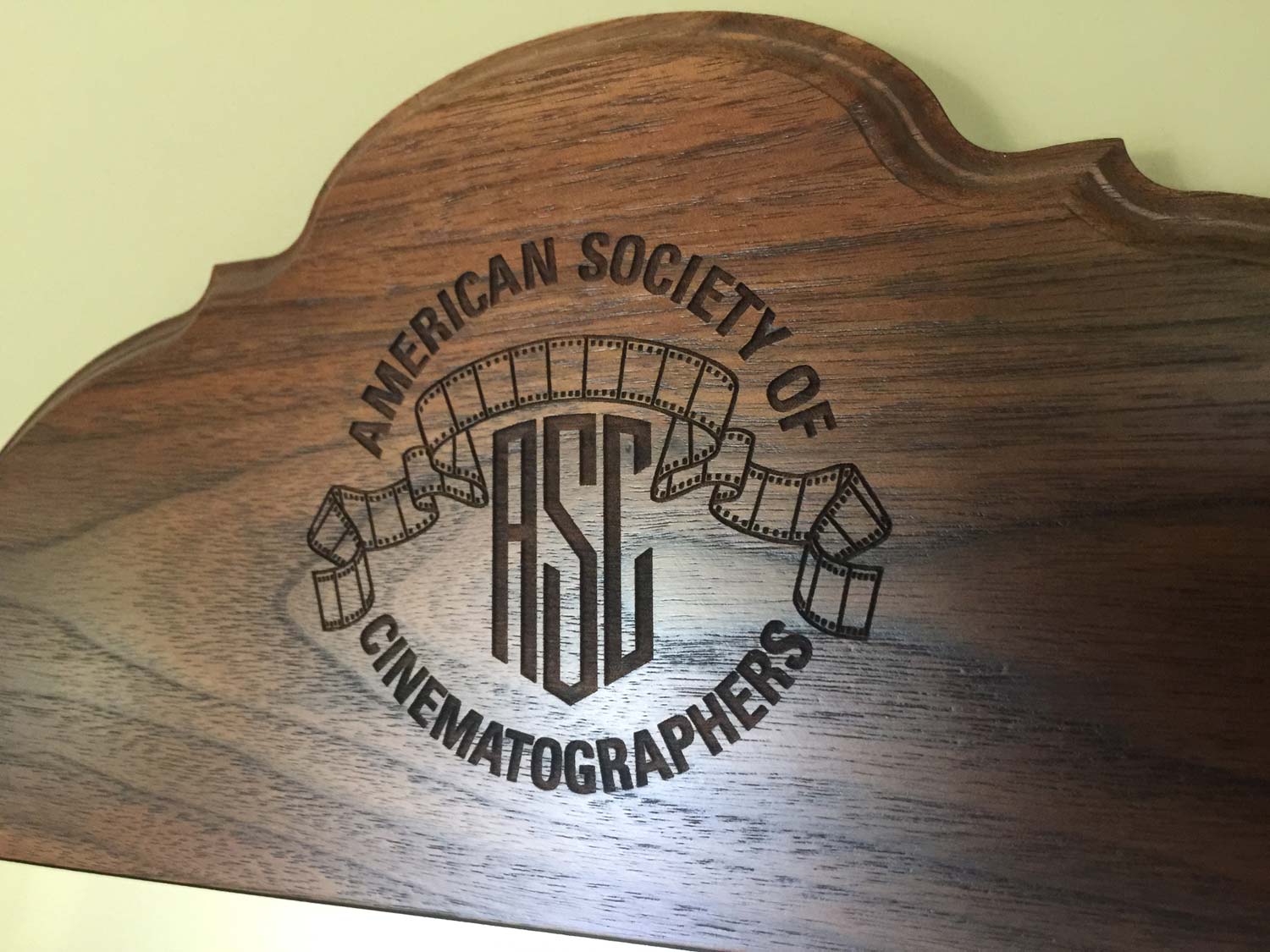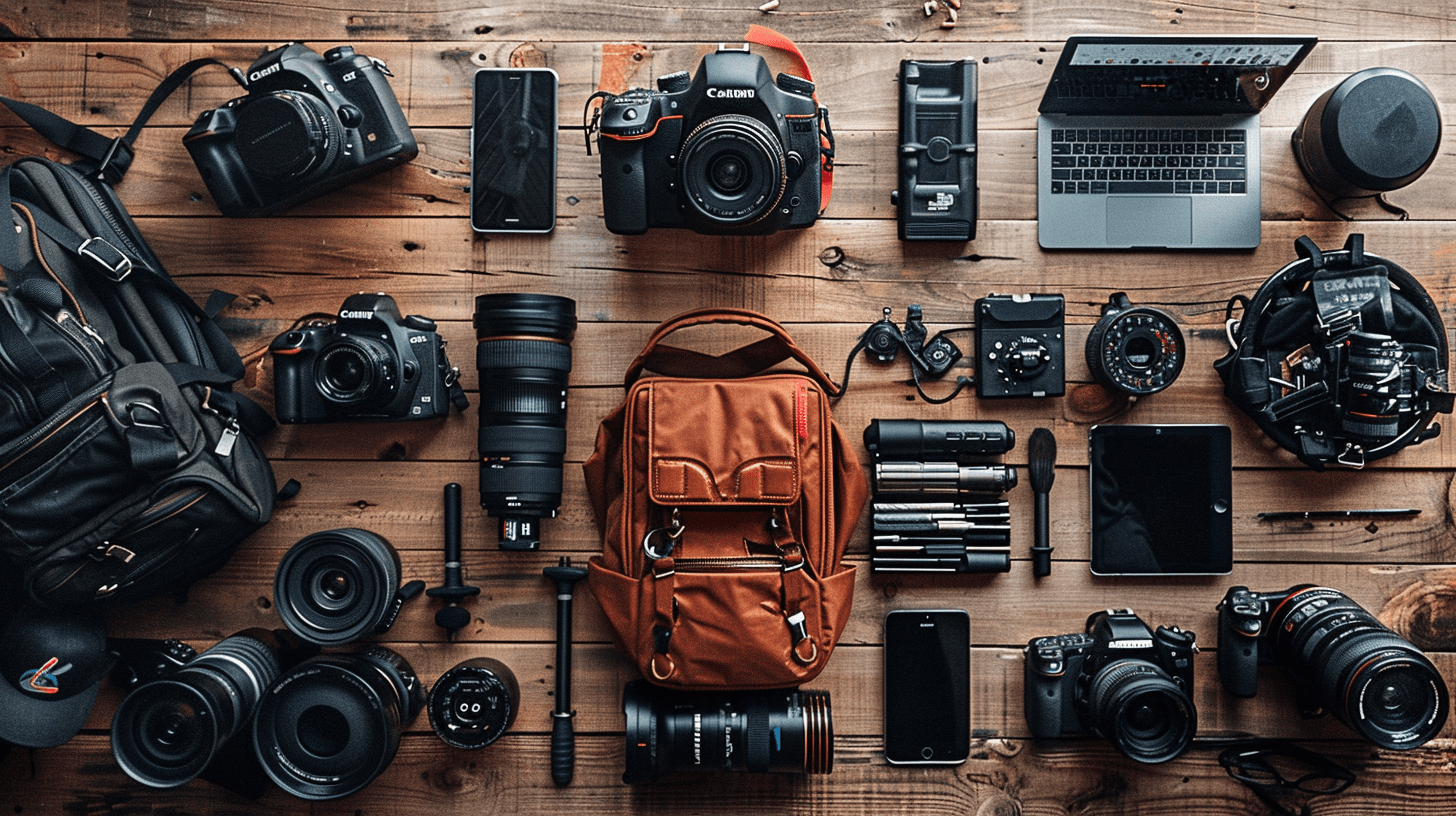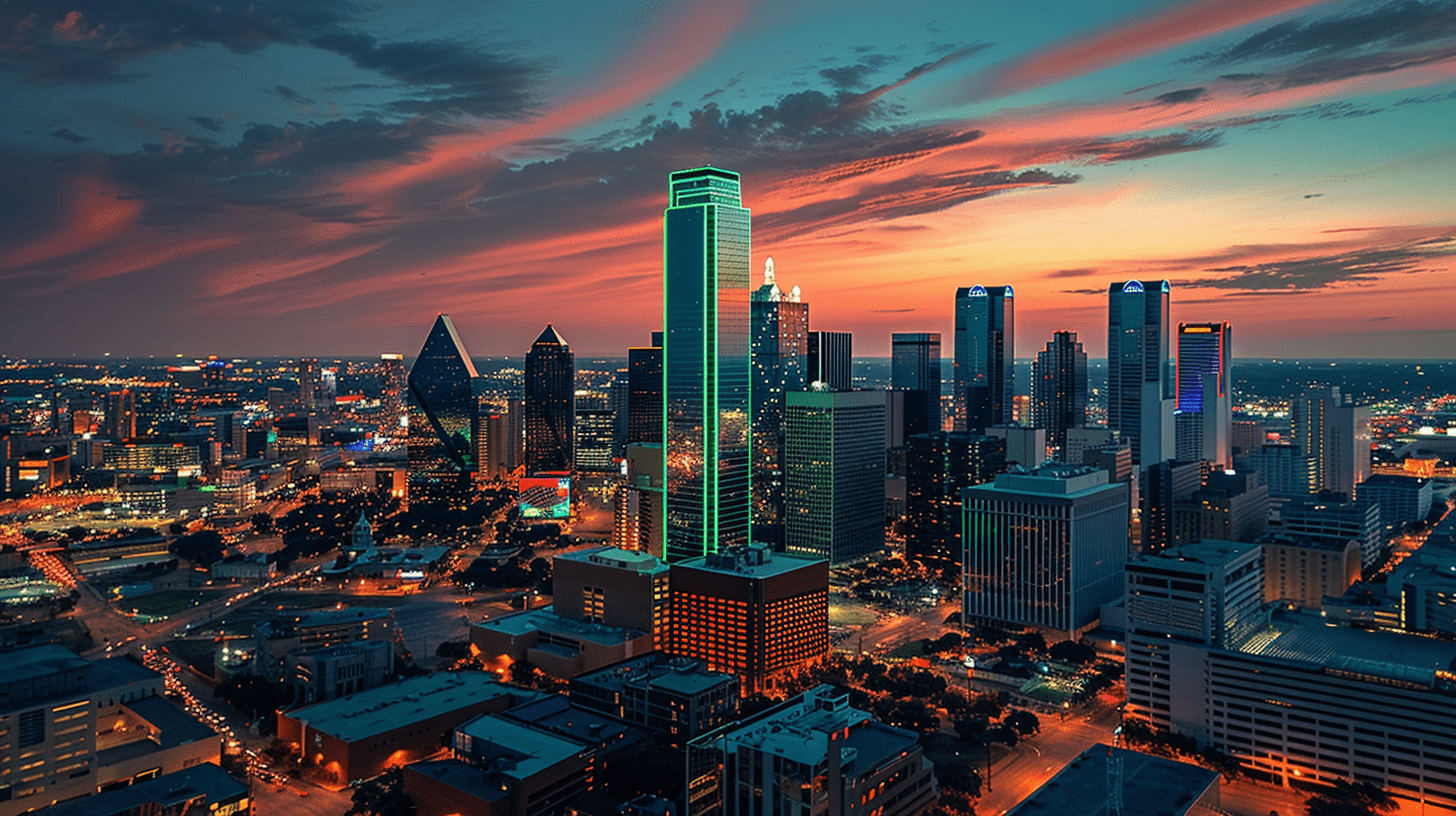ASC Masterclass – Day 5
I can not believe its already over. What a great week. Great teaching, knowledge and even better friends made. Thank you ASC. All good things must come to an end....

I can not believe its already over. What a great week. Great teaching, knowledge and even better friends made. Thank you ASC.
All good things must come to an end.
It was the final day of the American Society of Cinematographers masters class, hard to believe. Today proved to be the most insightful day into what the ASC stands for. The schedule for the day was: the color grading session at E-film’s HQ, then back to the clubhouse for a talk with the chairman of the ASC, Curtis Clark, about the future of digital filmmaking, and then the final send off party. It was a good day.
We started off today as usual, showing up to the ASC clubhouse greeted with bagels and fruit, then traveling to a different location. We showed up at E-film where we sat in on a color grading session. Most of the people that shot footage throughout the week came back to join us, Roberto Schaeffer, Bill Bennett and Bill Taylor were all in attendance. It was very interesting to see the dynamic between the three of them because they all have very different specialties and you got the sense that they were learning as much as everybody else in the room was. They are by nature very inquisitive minds that care very much for the craft.
Think in terms of scenes, not shots. Stillness is an important part of film making. – Curtis Clark
My experience with color grading typically goes around taking footage from the raw format or in s/c-LOG format, and trying to make it into something beautiful. However, as you can imagine the workflow for these guys at such a high level is much different. The look that was created by the DIT on set followed into the color grading suite, so the footage came in already looking pretty good. The process of adding contrast and saturation back in is essentially creating a LUT. Sitting in a dark room with footage that you don’t necessarily care about, at the end of a long week was definitely difficult. However, the class did prove to be beneficial as we got to work with some great color grading professionals. If you’ve ever been around anybody who is a professional colorist, you realize that they have a skill set that is suited for a very specific type of individual. The work that they do is often unnoticed by the majority of the audience but really can take footage and make it into something wonderful. The difference between the video that you shoot on your phone or at home and what you see in a movie (the “filmic look”) typically has something to do with dramatic lighting and the coloring. The attitude of all of the ASC members who we had the pleasure of shooting stuff with this week was to get the shot perfect in camera, and not try to mess with it too much in post. Good advice for anyone who has always shot digital.
I don’t have a whole lot of notes for the color correction session, but I did get a few good tips if you are looking to do your own color correction and from The ASC members in attendance while looking at their footage. See below.
- First if you’ve ever really tried to brighten up an image after it’s been shot you’ll notice that digital noise really starts to show up, Try to reduce the red channel saturation in the noisey areas. Red is the color that shows up first in the noise. Makes sense and works quite well. It’s really incredible to see footage on such a high-end perfectly calibrated and perfectly lit monitor. It looks totally different than most things that you’ve seen.
- When shooting cars make sure you add a light for the tire treads. It seems like a silly thing to do. But Bill Bennett mentioned that that was the only thing really missing from the shot that he did. However it would’ve been very difficult to light such a small tire tread given that the car was a miniature.
- Another tip Bill shared was to leave the dust on the tire treads. The studio lights will illuminate the dust and really make the tread stand out. Something I never would’ve thought of.
- Also, when shooting cars, paint the insides of the wheelwells a matte black and put black wool paper behind the front grill to mask off any of the hoses. Also, the manufacturer should bring some tape paint at the exact same color as the car, this way you can cover up the door locks, and any other things you don’t want to show up.
- Another interesting thing he shared was water-based paint used to paint cars now a days has an orange peel texture. He said this may be good for the environment, but the water-based paint doesn’t look nearly as smooth as oil base paint does. Since a mirror smooth paint finish is ideal, there is a paint sanding method that you can use to take out all of the imperfections in the paint and get it to a mirror finish. Of course its expensive.
- One thing Bill was impressed by was the idea to bracket the focus. Brilliant idea. Meaning, use the f-stop that is deep enough focus to get the front half of the car, shoot and then shoot it again with the back half of the car in focus. Then, combine the 2 shots in post. Surprisingly, he had never thought of that. It was the creative director at Apple that mentioned it. Go figure.
Jay-Z spoke up again, he is the brilliant guy from Germany who works at E-film. He gave us a little technical information about what the difference between a 3D LUT and a 1D LUT is. If you’re not interested in techy info just go ahead and skip the rest of this paragraph. The basic difference between a 1D let any 3D LUT is the control you have over the individual colors. A 1D LUT will only allow you to change the brightness and saturations of the individual channels, (red channel green channel and blue channel). The 3D LUT will allow you to change any one of the channels into another hue, plus saturation and some other controls.
The Law of Diminishing Returns was also brought up while messing with Bill’s car footage.
It takes X amount of time to get to 90% perfection, it takes 10X time to get to 95% perfection and 100X time to get to 98%. Sometimes you just have to choose to be done.
Bill Taylor shared some tips that I didn’t pick up on during his class on green screen lighting. It all kind of came together in the color session. He said when working with large green screens on location, or any green screen for that matter, first figure out the creative choice of f-stop for your main subject. Then, without changing the f-stop of the lens light the green screen to 90% IRE. Now put the subjects back in and light them according to the background plate, and you should have a perfectly exposed scene with a near perfect key. You can see by the images below just how perfect the composite was. This is a great tip for anyone looking to expose green screens properly.



My last observation for having all these guys in a room together talking about the footage they shot was they all geek out about camera stuff. They discuss resolution and film versus digital, ARRI versus RED, low light capabilities of new cameras etc. That whole debate happens with them just like all the other internet trolls, fanboys and cinephiles. They do the same things. In fact, I think they all watch the same camera test videos we all do, subscribe to many of the same youtube channels and listen to the same arguments, but they are the current film guard and the ones actually doing the work of creating the media the rest of the world sees. The ones that have been shooting film for 30 years, love ARRI. The new crowd tends to use other camera systems. The industry is changing and they are very aware of it. It seems as though the ones who are less attached to one brand because it most similarly emulates film, tend to go to with Sony and RED. The old film guys are definitely attached to Arri Alexas. I heard lots of talk about “we aren’t making sunglasses, we are making films”. Blah. I love RED and Sony, but I haven’t been shooting film forever. For me, its a choice of versatility and ROI.
Its a technical experience
Which brings me into what happened after lunch. We had an opportunity to talk with Curtis Clark ASC. Curtis serves as the chairman of the ASC and has a lot to say in the industry in terms of what happens with codex manufactures and recording formats. He is a brilliant man. Again, this part gets technical, and may be somewhat hard to follow. He spent the most of the time talking about ACES. To sum up ACES, it is a capture/archive format that is based on capturing every possible color available with 32 stops of dynamic range. Essentially capturing the entire visible color spectrum with a codec that is able to accommodate. This is the ideal. “Nirvana” as Curtis referred to it.. It would be a camera that doesn’t exist yet, that would record to a format (ACES) that was capable of including every possible color in a 16 bit system (2^16 for Red, blue and green = 281 trillion possible colors). That is basically what ACES is. To give you some sort of insight into what currently happens with cameras, every camera can only output a specified number of colors, due to sensor limitations and the bayer pattern used in digital sensors. Essentially, the aces format would serve as a digital negatives, a true digital negative. Capturing all of the possible information about a scene. To break it down even further, if you had a camera to record and output the aces format that would mixed with Lightfield technology would essentially be like capturing the digital version of a real world scene. Just point the camera in a direction and press record, no need to properly expose, or focus, because its all there.
The full color spectrum encapsulated by the ACES system.


Tech tip of the day: Try to overexpose all of your images and then under develop them. It’s the best way to get out the maximum contrast and the least amount of noise.
One of the most memorable times from the whole week happened at the ASC closing dinner. Up until this point, I had thought I was going to a class for technical skill that was taught by a bunch of pros, which it was. However, it was so much more. After going through the Masterclass experience, I realize it was about becoming part of a group that truly cares for your success. I heard all week long to “stay in touch”, “don’t be afraid to ask”, “everyone here is here to help you”… its totally true. One of the key features of the ASC membership is “your character must be as high quality as your work”. It is very true. The ASC is full of wonderful people. So my parting words to anyone who reads this, “Don’t be afraid to ask questions or to connect with people for answers, for in the forging of relationships is found what you were looking for in the first place”. The ASC masterclass is designed to help its attendees become the best they possibly can and create a talent pool.
The biggest takeaway of the whole week for me was the fact that we are all the same. Even with the gap of skill between myself and the ASC members, they still struggle with the fear failure. They are still only as good as their last job. They still get worried they won’t work again. All of them are still trying to get better at their craft and to push it as far as they can. The relationships gained at the event alone are worth the opportunity to go. And I would highly recommend that anyone who can get accepted to the program. Figure out a way to get there and take advantage of it. It was a wonderful week. However, now I have to figure out how to get it from where I am to where I want to go. One step at a time.ITS ALL ABOUT RELATIONSHIPS. BE GOOD AT WHAT YOU CHOOSE TO DO AND HAVE A GOOD NAME.


